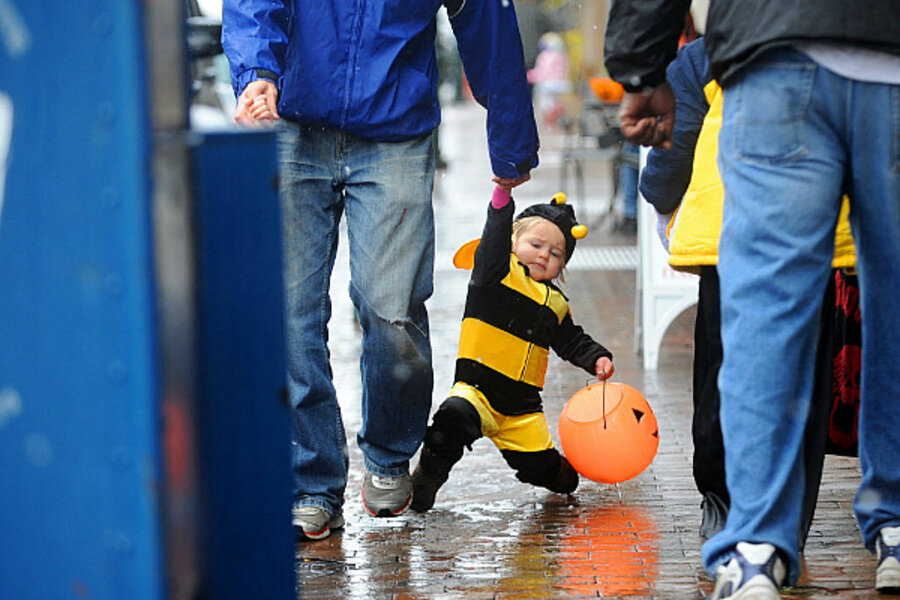The practice of going door to door and asking for treats dressed in costumes dates back to the early All Souls’ Day festivities in England, where poor citizens would beg for food and families would give them pastries called soul cakes in exchange for their promise to pray for the family’s dead relatives. This practice was encouraged by churches as a way to replace the ancient practice of leaving food and wine for returning spirits on Halloween night.
Trick-or-treating first gained popularity in the US in the early 20th century. In a 2006 poll, the National Confectioners Association reported that kids’ favorite candy stops on Halloween are homes that offer “anything made with chocolate” (68 percent), followed by lollipops (9 percent), gummy candy (7 percent), and bubble gum (7 percent). Kids’ least favorite items to get while trick-or-treating were fruit, chips, and pretzels.
Also in 2006, the NCA crowned Boston the Trick-or-Treat Capital of the United States for its historic neighborhood gatherings and holiday spirit.





